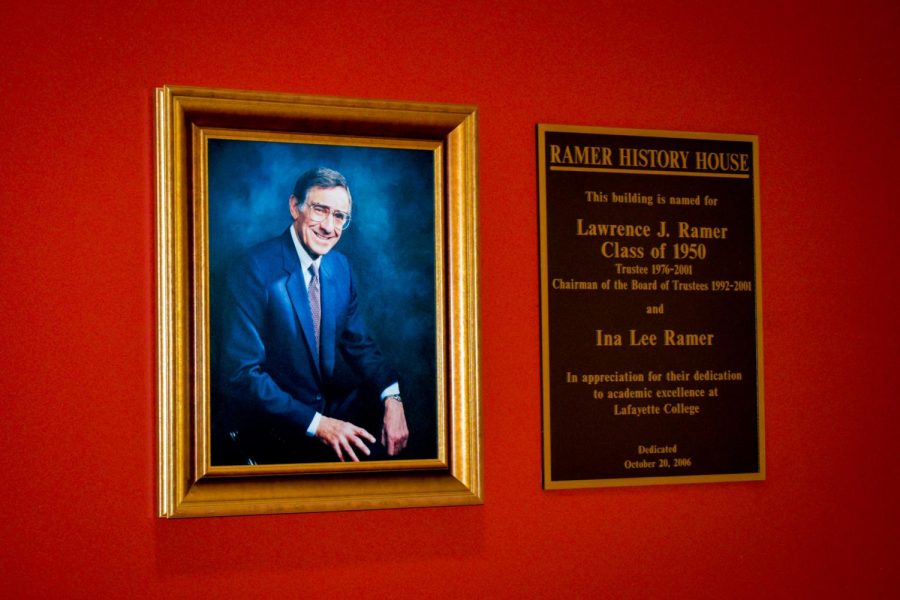Throughout Lafayette’s nearly 200-year history, the buildings on campus as we know them today have been ever-changing, many following the patterns of Greek life. One such building is the Ramer History House, formerly home to the Theta Delta Chi fraternity before the college disbanded the organization due to an altercation in 2001; the department moved to Ramer in October 2006.
The former fraternity house was built in 1867. According to an article in The Lafayette published on March 23, 2001, a previous member of Theta Delta Chi attributed the altercation that led to the fraternity’s disbandment to breaking rules in the college’s alcohol policy that were “too strict for anyone to live by.”
Jim Krivoski, the dean of students at the time, told The Lafayette in 2001 that the chapter’s disbandment occurred for more than one reason. He said that the fraternity lost recognition due to a series of college and fraternity policy violations; however, he did not specify the nature of the violations.
The chapter was disbanded by Lafayette’s president at the time, Arthur Rothkopf ‘55. During his time as a student at the college, he was the president of the Pi Lambda Phi fraternity, the first non-sectarian fraternity in the United States.
As a Jewish man, Rothkopf led the college under the standard that fraternities were only allowed to be on campus if they were good citizens of the Lafayette community and supported the larger mission of the college — that is, they upheld the inclusive values that Pi Lambda Phi held. Clearly, the actions of Theta Delta Chi did not.
This is not the first time that a fraternity has been kicked off campus. According to history professor Donald Jackson, a number of fraternities had been disbanded and then reinstated before Theta Delta Chi’s disbandment. However, Theta Delta Chi’s time at the college ceased after the incident.
The alumni of Theta Delta Chi made the decision to sell their building to the college, and thus the story of Ramer History House begins. For three years, the building was used as a dormitory while Kamine Hall and Fisher Hall were being built.
According to Jackson, the previous chair of the Board of Trustees Larry Ramer was dedicated to the idea of creating a new space for the history department. At the time, the department was stationed in the Feather House — what was formerly known as the Frets House — after moving out of Pardee in 1992.
With only one seminar room and no other larger classrooms, the history department was isolated from the rest of the college. Jackson said that it wasn’t until Ramer stepped up and put millions of dollars towards the building that it became the Ramer History House that it is today.
“We’ve made good use of it ever since,” Jackson said.
As the history department continues to develop and expand in the future, there are sure to be more stories to tell, whether it remains in Ramer or claims a different fraternity house as its own.





















































































































